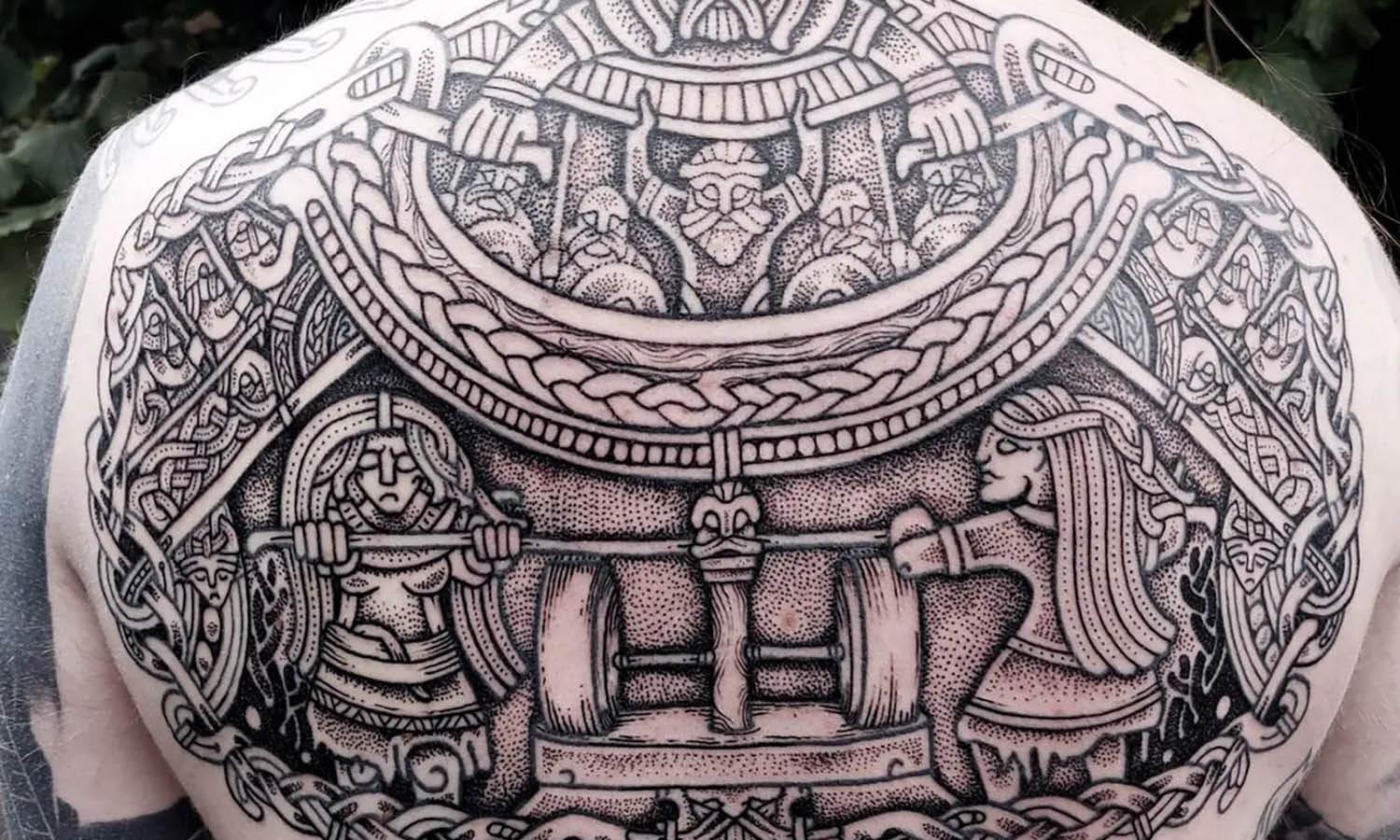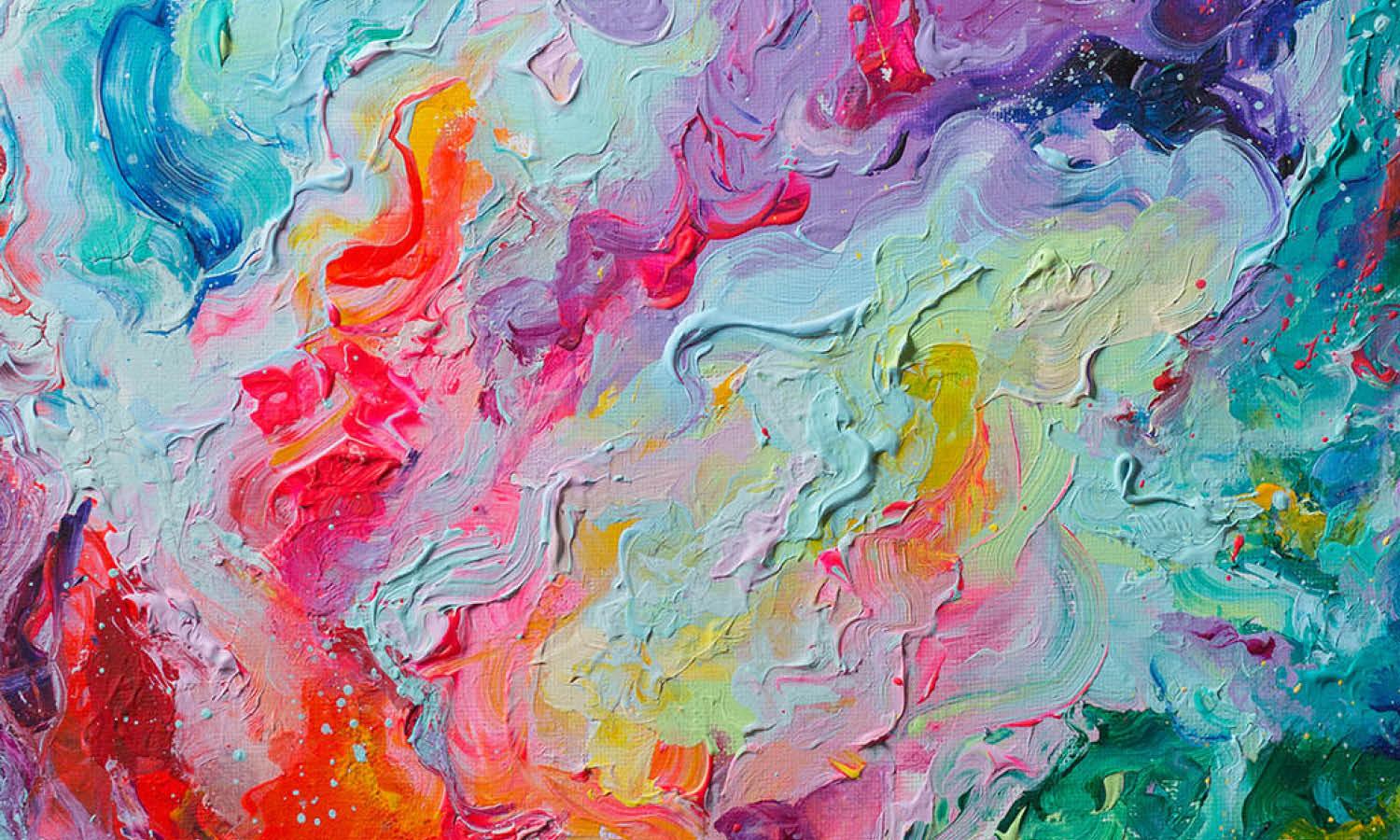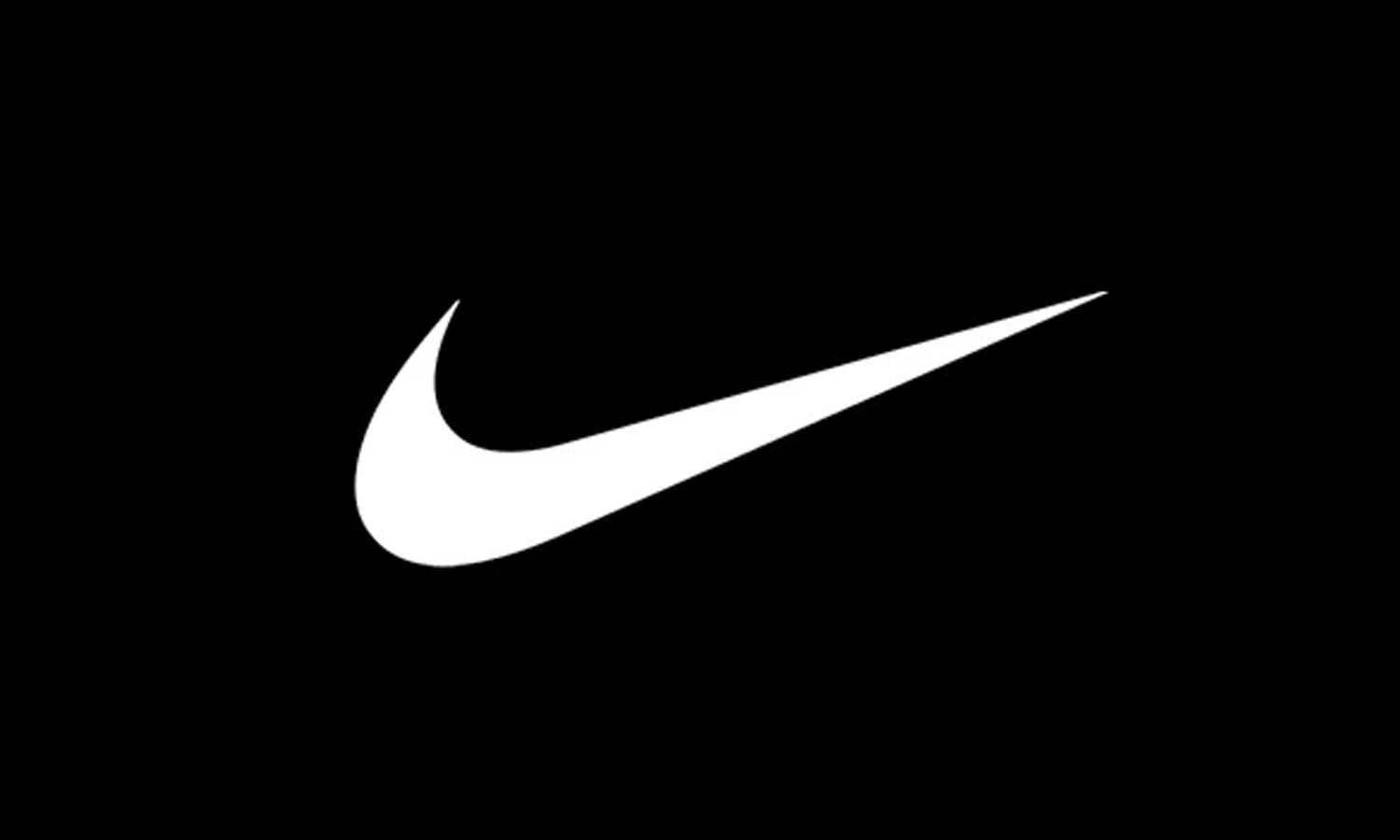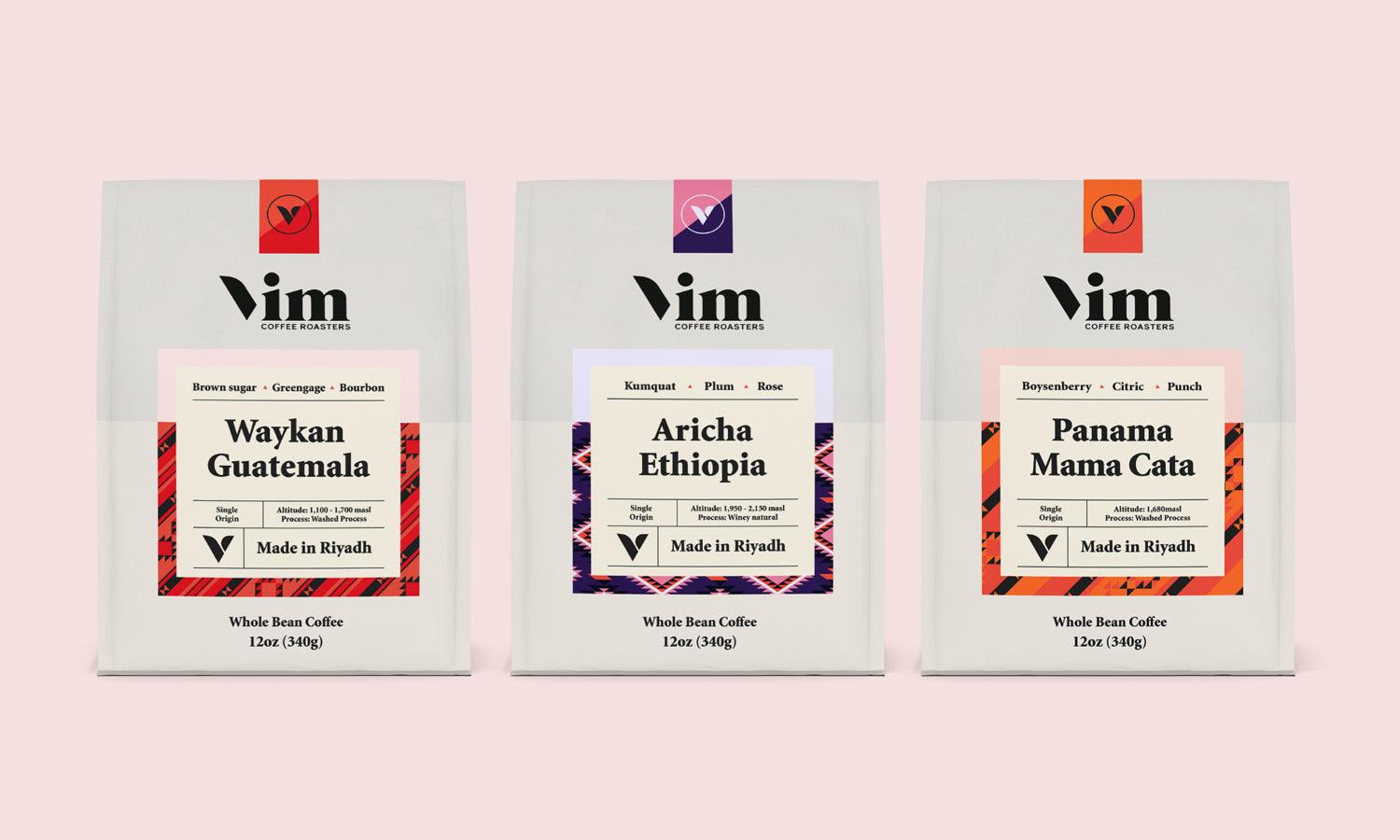The Psychology of Colors in Branding and Marketing

A company applies color selection in marketing to establish brands because customers determine their choice through emotional interpretations of colors. Brands deliberately select colors in their branding approach to generate emotional reactions that draw target customers and build a robust brand personality. The encounter of various color tones in the brain triggers modern scientific evidence of mental transformation within this neurological organ. Businesses focusing on color-induced human perception will create visual branding elements that increase recognition strength and sustain customer loyalty.
1. The Science Behind Color Psychology
Studies about human emotions and behavioral actions use color psychology principles. Light wave frequencies allow people to process emotionally and cognitively brain signals for feeling and thinking purposes. When customers encounter joyful products, the initial triggering factor solely comes from color combinations, which form the base of marketing principles.
Christie Lindstrom, Chief Marketing Officer at iGrafx, said, "Natural conditions and cultural background shape our perceptions of colors. Everyone develops different meanings about red, since some people link it to romance, whereas others find it scary. Marketers must assess brand colors across cultural regions and universal standards to ensure that advertisements successfully communicate their messages to their target audience."
2. The Role of Warm Colors in Branding
The colors red, orange, and yellow in designs develop energetic and warm sensations that stimulate abundant enthusiasm. Brands utilizing warm colors are preferred by organizations that seek to present themselves as active and involved agencies.
"The passionate association of red color ties to both excitement and urgent feelings. The strategic application of these colors mainly occurs in fast-food chains and retail brands to induce customers to buy products without delay. A brand that seeks friendly and approachable vibes should adopt orange because this color communicates enthusiasm and friendliness. The cheerful character of yellow helps it stand out while generating positive feelings in the ensemble," noted Dr. Nick Oberheiden, Founder at Oberheiden P.C.
3. The Impact of Cool Colors on Consumer Behavior
Blue, green, and purple create passive feelings of trust and professionalism. Several brands that pick these colors establish industry credibility and reliability through branding.
William Theodoros, Attorney at Theodoros & Rooth, P.C., commented, "In branding, color plays a critical role in shaping how clients perceive a company, especially in professions like law, where trust and credibility are paramount. Blue is a dominant color in legal branding because it conveys integrity, reliability, and professionalism—core values clients seek when choosing legal representation. Law firms, like financial institutions and healthcare providers, often rely on this color to build a sense of security and authority. While more common in wellness and environmental sectors, green also signals balance and growth, qualities that resonate with firms focused on mediation or progressive legal solutions. Purple, often associated with wisdom and dignity, can be a powerful choice for firms aiming to convey experience, insight, and a high level of expertise. Strategic use of color in legal branding enhances visibility and strengthens the trust between law firms and the communities they serve."
4. The Influence of Neutral Colors in Branding
Branding functionality becomes possible using basic neutral hues like black, white, gray, and brown. Black, white, gray, and brown remain popular because these colors create sophisticated designs, simple aesthetics, and permanent style elements. Neutral branding elements display their best appeal through brighter pairing schemes while retaining their distinct look as monochromatic minimalist design elements.
"Chanel and Gucci base their branding on black mainly because this shade skillfully unites class with strong, exclusive messaging while maintaining elegance. Companies within the technology sector and healthcare field utilize white branding because the hue represents a sanitary appearance and pure simplicity. The workplace appearance without bias calls for gray as the most suitable branding choice for corporate organizations. The dependable and comforting essence of brown color leads numerous handcrafted product brands and organic brands to select this shade," noted Ben Flynn, Marketing Manager at 88Vape.
5. Cultural Differences in Color Perception
Global meanings are universal for particular colors, yet distinct cultural groups assign their unique interpretations. Marketing professionals need to understand cultural color variations because these variations lead to potential market misunderstandings and unwanted negative interpretations in international markets.
"Among Western and certain Asian cultures, white is interpreted as representing purity or peace because in Asian communities, it symbolizes mourning. Red signifies triumph, happiness, and safety caution to Chinese people, but delivers contrary messages regarding dangers and hazards to persons beyond China. Branding strategies benefit from cultural color meanings because these meanings show branding organizations' audience expectations to satisfy specific markets," shared Gerrid Smith, Chief Marketing Officer at Joy Organics.
6. How Color Affects Brand Recognition and Recall
Selecting proper colors will boost brand identification and recognition because consumers will likely retain such brands better. Research shows that color strengthens brand recognition by 80%, proving its enormous power to help marketing goals.
"Brands that achieve iconic status build solid brand associations through continuous color choice implementation. The color palette of Coca-Cola embraces red to express energy, together with excitement, and Facebook demonstrates trust through its blue tone. Businesses build consumer recognition by using identical branding colors throughout all their advertising outlets," says Jana Abelovská, Superintendent Pharmacist at Click Pharmacy
7. Choosing the Right Colors for Your Brand
Extensive market research targeting customer behaviors and market segments must investigate emotional color responses before a company chooses its branding colors. Organizations should select brand colors that reflect their core nature since such decisions enable them to anticipate customer emotional responses.
"To understand user reactions against color combinations, business organizations must perform color-testing programs. Identifying audience-centered color plans requires business organizations to unite their color tests with psychological color research assessments. Organizations employ media design strategies combined with psychological methods to develop strategic solutions that enhance customer connection through goal-oriented planning approaches," explained Nely Hayes, Marketing Manager at HEXO Electrical Testing
Conclusion
Brand and marketing success heavily depend on colors because colors shape what customers perceive and how they purchase. Companies build better brand recognition and a strong brand identity by choosing strategic colors that symbolize their emotional values and cultural meanings. Markets endorse brand duration alongside marketing success when companies utilize color techniques strategically to create excitement through warm tones, trust through cool tones, and sophistication using neutrals.















